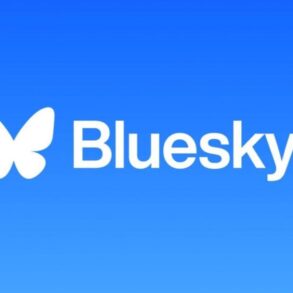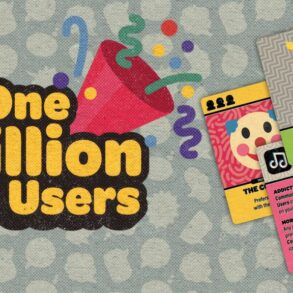
In 2021, doctors all over the world started noticing an unusual phenomenon. Young people, particularly teenage girls, were suddenly developing tics. They were displaying full-body flailing movements as well as coprolalia—an unconscious tendency to shout obscene and socially unacceptable words. Neurologists who studied the phenomenon concluded that many of these cases were actually social media-induced. Dubbed “TikTok tics,” young people were watching viral TikTok videos of influencers with Tourette’s Syndrome who proudly showed their tics online. The prolonged exposure to these posts and the psychological pressures from the pandemic-induced lockdown triggered vulnerable individuals to mirror the twitches they watched. This issue highlights social media’s profound influence on shaping young minds and behaviors.
Various research has consistently linked high levels of social media use with various negative outcomes among users aged 14 to 24, including heightened feelings of anxiety, depression, poor body image, and loneliness. Many experts also believe that the constant overstimulation from social media use puts the nervous system into fight-or-flight mode, exacerbating disorders such as ADHD, anxiety, depression, and oppositional defiant disorder.
Last week, Australia introduced a bill to ban social media for children under 16, with proposed fines of up to 49.5 million Australian dollars for platforms that fail to comply or experience any systemic breach. For context, most platforms currently require users to be at least 13 years old. The legislation would require social networking sites to use age-verification systems that may include biometrics or government identification. The bill, which has bipartisan support and is being lauded by parents and other pro-ban groups, is set to take effect after a year if passed.
Article continues after this advertisement
Proponents argue that this would put the “onus on social media platforms” rather than parents or children to ensure protections are in place. While I agree with having better age verification measures for these sites, I am doubtful, however, about the efficacy of the ban. Adolescents often possess greater proficiency in navigating digital spaces than the regulators attempting to restrict them. A blanket ban on social media platforms may just inadvertently drive young users to seek alternative means of access, potentially exposing them to less regulated and more harmful areas of the internet.
FEATURED STORIES
It is also worth noting that overly restrictive legislation overlooks entirely the range of positive contributions these platforms can also make to young people’s social, intellectual, and emotional development. Research indicates that social media communities serve as valuable spaces for adolescents to receive support, engage in creative self-expression, explore diverse perspectives, and learn about global issues. These benefits are particularly significant for young individuals seeking to better connect with peers who share similar interests and experiences.
Effective regulation demands a nuanced approach integrating education, parental involvement, and platform accountability. Instead of responding to negative research findings with outright bans, these insights should inform more constructive strategies. For example, one study found that teens who used social media for more than seven hours daily were over twice as likely to be diagnosed with depression compared to those who limited their use to one hour. This data could guide parents in collaborating with their children to establish appropriate and balanced screen time habits.
Article continues after this advertisement
Schools should no longer treat digital literacy programs as an optional add-on or a high school elective. Given the significant portion of students’ waking hours now spent online, these skills must be embedded into the curriculum as early as kindergarten. Research-based digital literacy courses emphasize critical thinking and teaching students to recognize how the content they consume shapes both their external viewpoints and their own self-perception. This approach encourages understanding and self-regulation, empowering them to develop healthy habits toward social media use.
By 2023, doctors reported that the majority of their patients had started recovering, as well as a significant decline in new cases of TikTok tics. Once the world reopened and face-to-face interactions resumed, the teenagers had less online exposure and broader access to peer support. Experts note two key insights from this phenomenon: One is that young people will absorb influences from their environment like a “sponge”; second, they exhibit remarkable resilience, with the online tics possibly serving as a coping mechanism during an unprecedentedly stressful time.
Perhaps if we focus on deeply understanding the unique kind of pressure that young people today are facing, we can also better guide them and strengthen their personal agency to navigate these complexities. Rather than isolating them in a bubble, solutions should aim to foster adaptive, empowered individuals capable of thriving in an increasingly digital landscape.
—————-




